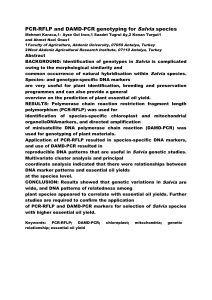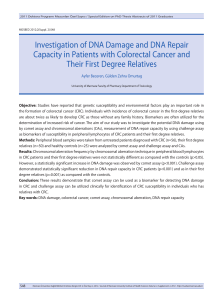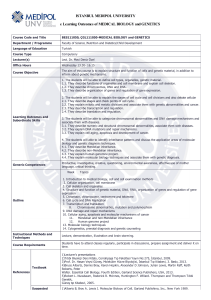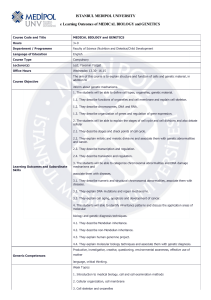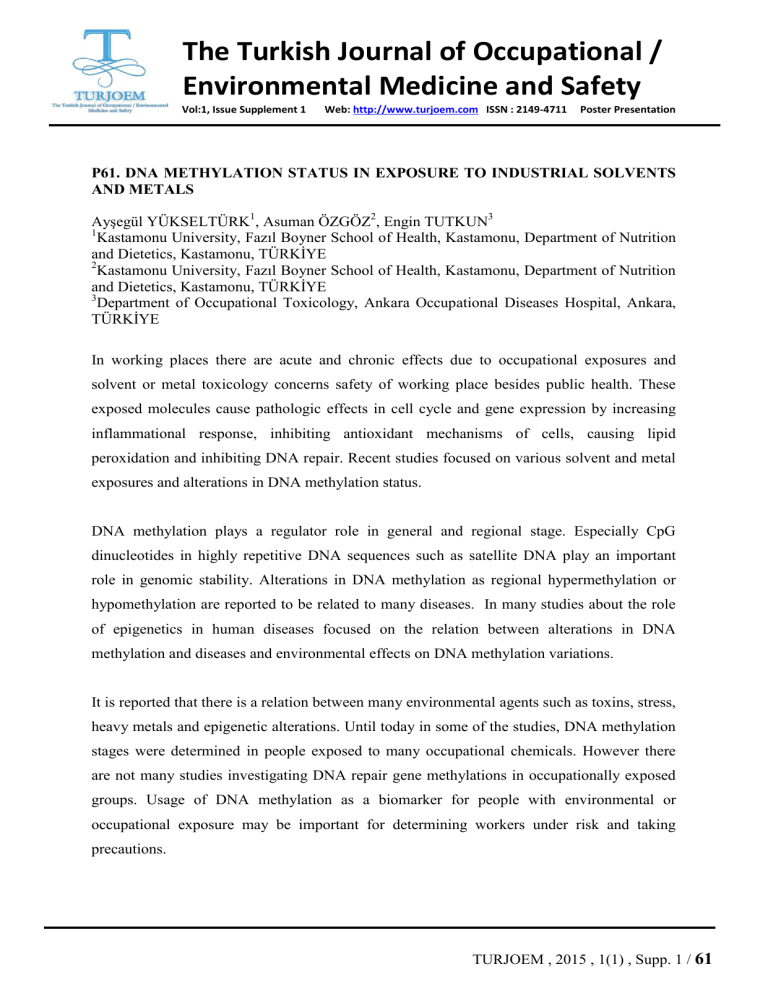
The Turkish Journal of Occupational /
Environmental Medicine and Safety
Vol:1, Issue Supplement 1
Web: http://www.turjoem.com ISSN : 2149-4711
Poster Presentation
P61. DNA METHYLATION STATUS IN EXPOSURE TO INDUSTRIAL SOLVENTS
AND METALS
Ayşegül YÜKSELTÜRK1, Asuman ÖZGÖZ2, Engin TUTKUN3
1
Kastamonu University, Fazıl Boyner School of Health, Kastamonu, Department of Nutrition
and Dietetics, Kastamonu, TÜRKİYE
2
Kastamonu University, Fazıl Boyner School of Health, Kastamonu, Department of Nutrition
and Dietetics, Kastamonu, TÜRKİYE
3
Department of Occupational Toxicology, Ankara Occupational Diseases Hospital, Ankara,
TÜRKİYE
In working places there are acute and chronic effects due to occupational exposures and
solvent or metal toxicology concerns safety of working place besides public health. These
exposed molecules cause pathologic effects in cell cycle and gene expression by increasing
inflammational response, inhibiting antioxidant mechanisms of cells, causing lipid
peroxidation and inhibiting DNA repair. Recent studies focused on various solvent and metal
exposures and alterations in DNA methylation status.
DNA methylation plays a regulator role in general and regional stage. Especially CpG
dinucleotides in highly repetitive DNA sequences such as satellite DNA play an important
role in genomic stability. Alterations in DNA methylation as regional hypermethylation or
hypomethylation are reported to be related to many diseases. In many studies about the role
of epigenetics in human diseases focused on the relation between alterations in DNA
methylation and diseases and environmental effects on DNA methylation variations.
It is reported that there is a relation between many environmental agents such as toxins, stress,
heavy metals and epigenetic alterations. Until today in some of the studies, DNA methylation
stages were determined in people exposed to many occupational chemicals. However there
are not many studies investigating DNA repair gene methylations in occupationally exposed
groups. Usage of DNA methylation as a biomarker for people with environmental or
occupational exposure may be important for determining workers under risk and taking
precautions.
TURJOEM , 2015 , 1(1) , Supp. 1 / 61







